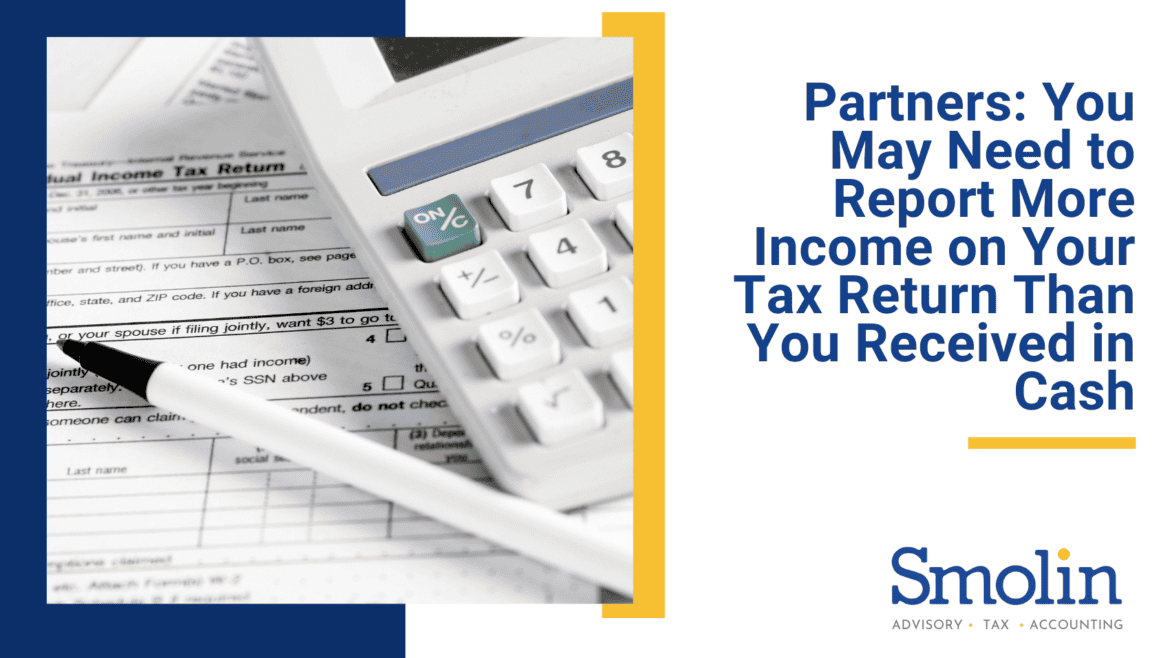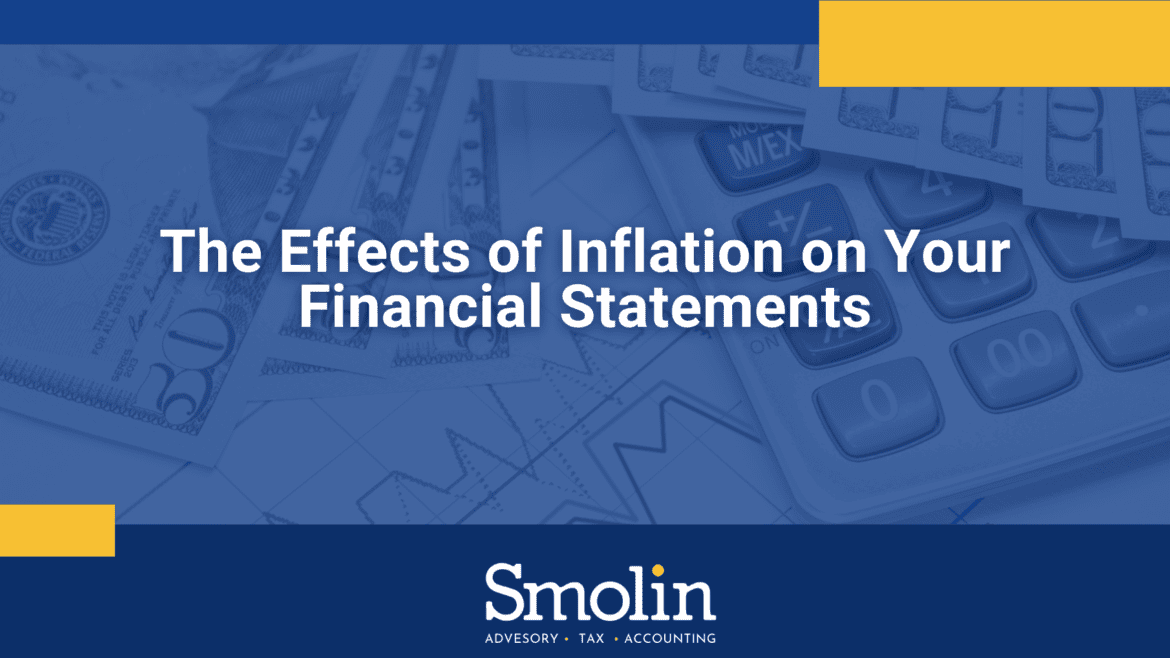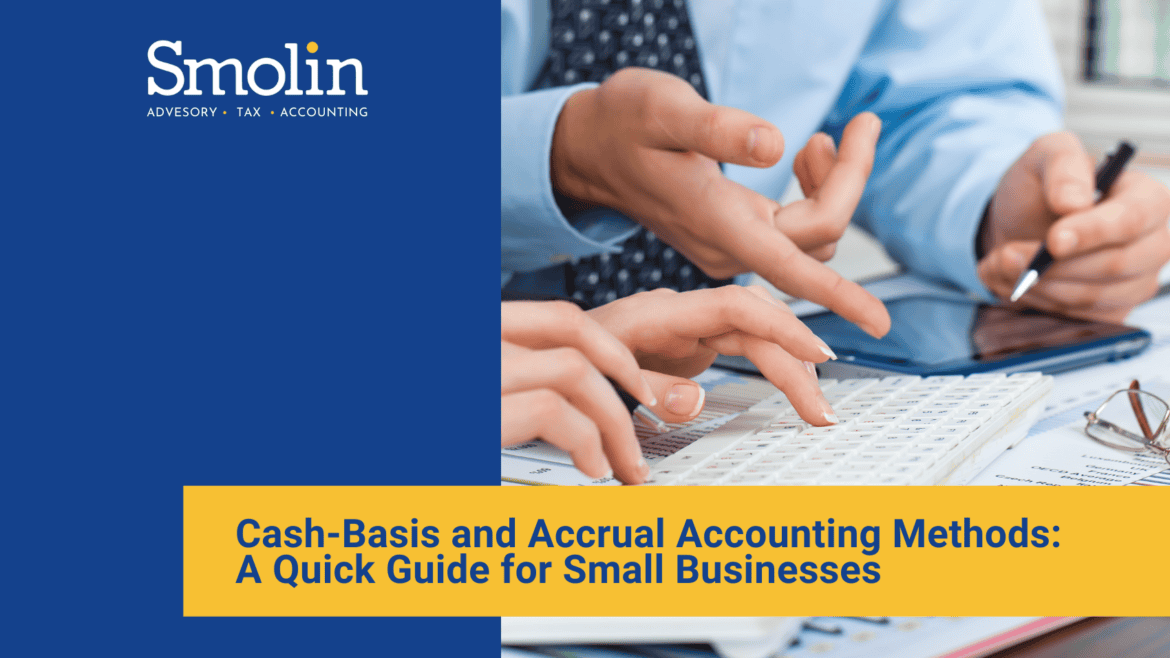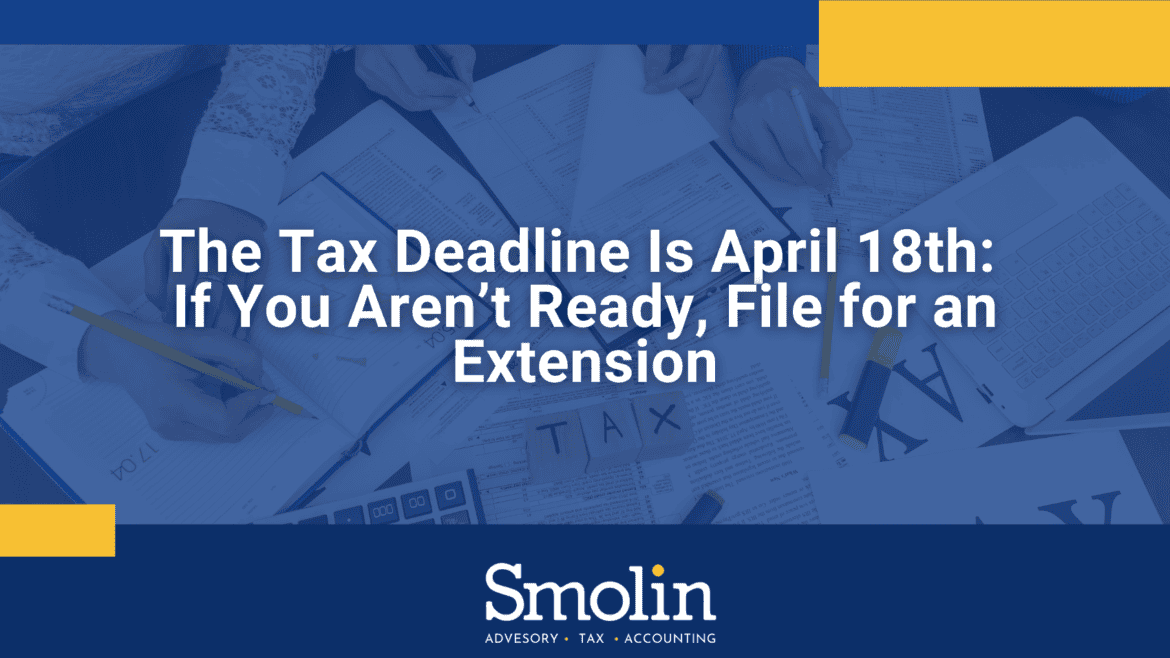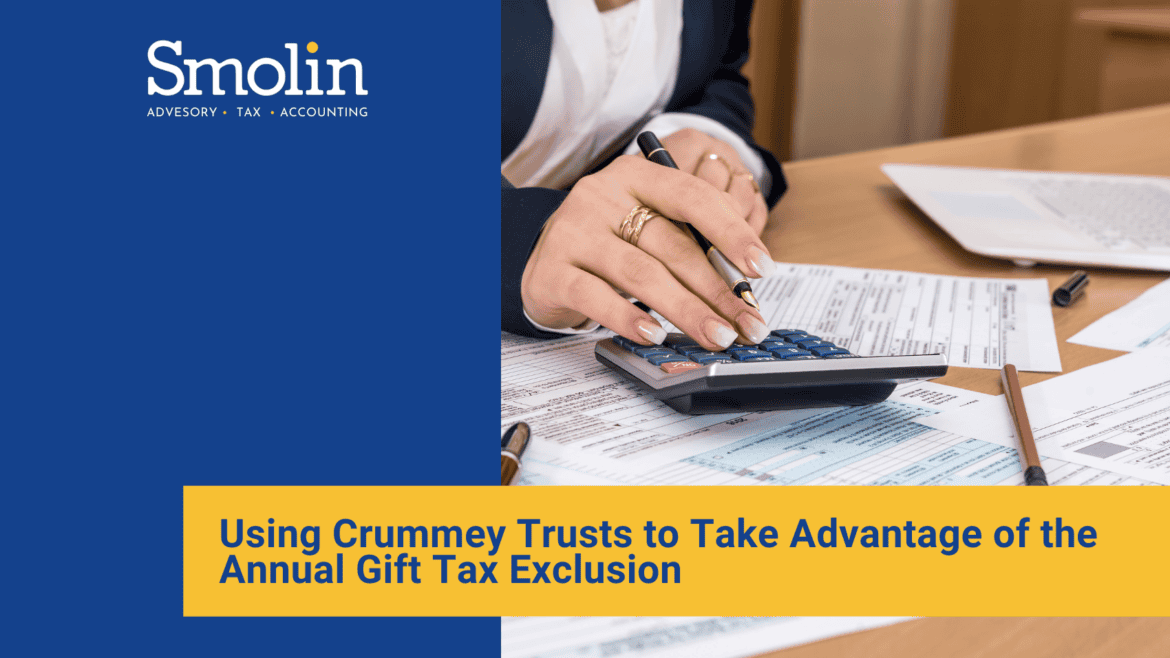If you’re a business partner, you may find yourself confused during tax season. In any given year that you receive a distribution of your partnership income, you could be taxed for more than you actually received.
How is this possible? It’s because of how U.S. taxation is set up to tax partners and their partnerships. Because these entities are subject to income tax like C-corps, you get taxed on your partnership’s earnings whether distributed or not. In situations where losses are suffered, that too is passed on to you, even though you may be unable to use your share of this loss to offset other income.
Passing through your share to partners
Partnerships aren’t subject to income tax, but the IRS treats them as a separate entity for the purposes of income and gains, deductions, losses, and credits. Because of this, partners can pass through their share of these items.
Filing an information return
Your partnership will submit a Schedule K of Form 1065 to separately identify important tax items, such as income, credits, deductions, etc. This is done so that you and other partners can apply any tax reporting rules or limitations to these items based on your role within the entity. These items may include interest expense on investment debts, any charitable contributions made, and capital gains and losses.
Options for avoiding double taxation
There are basis and distribution rules in place to help you avoid getting taxed twice. Your initial basis in your partnership, which depends upon how your interest was acquired, is increased by your share of taxable income from your partnership.
If your share’s income gets paid in cash, you won’t owe tax on that cash if you have sufficient basis. Under this circumstance, you can simply reduce your basis by the amount of that distribution. However, if the opposite occurs and the cash amount exceeds your basis, then you have to pay a capital gains tax on that excess.
Example
Two partners contribute $15,000 to create a partnership. In the first year, their partnership has $90,000 in taxable income and no cash distribution gets made to these partners. Each reports $45,000 of taxable income which is on their K-1 documentation from the partnership. Remember, they each had a starting basis of $15,000 but this increases by $45,000 to create a new basis amount of $60,000. In year two, they had no taxable income because their partnership broke even. As a result, when their $45,000 each gets distributed, it will be tax-free. However, they now must reduce their basis in their partnership from $60,000 to $15,000 to avoid taxation on the excess.
Additional rules and limits to consider
The above overview is just a basic example of why partners may pay more taxes on distributed shares of their partnerships than actually received. Keep in mind there are still other rules that could impact your tax situation, such as additional special rules that govern non-cash distributions to partners, securities distributions, and those stemming from liquidations. There are also specific events that may also require basis adjustments of your share as a partner.
To better understand how your partnership distributions could affect your tax return, contact us directly to learn more.
© 2022
